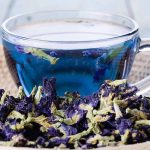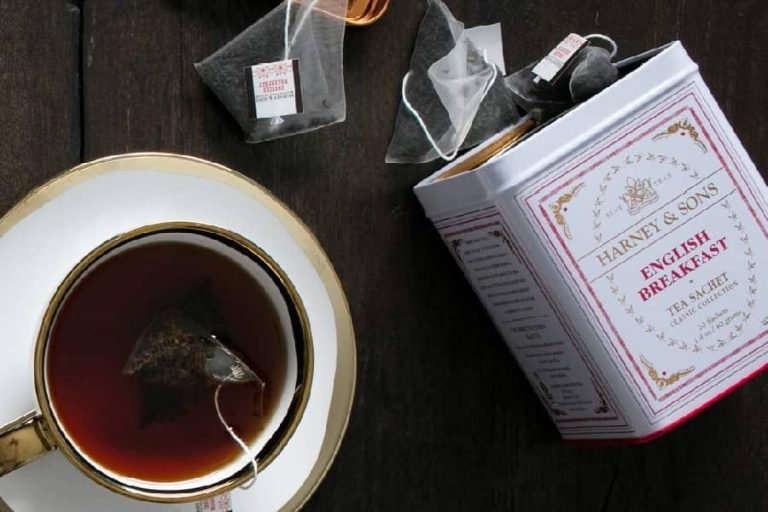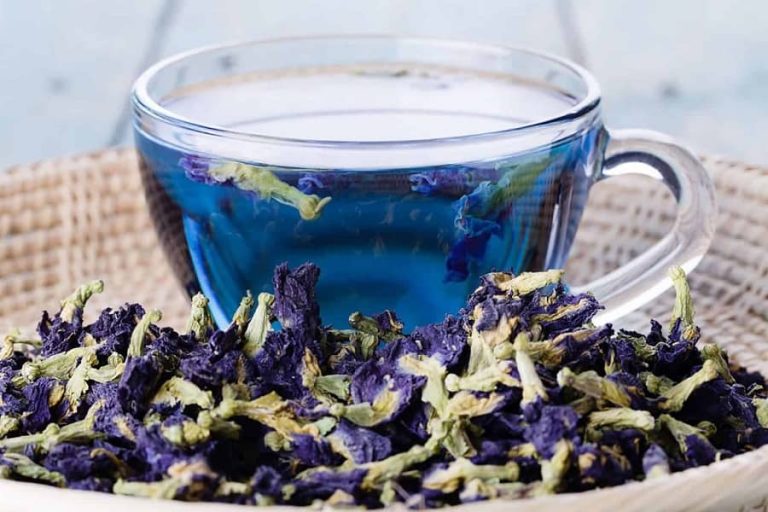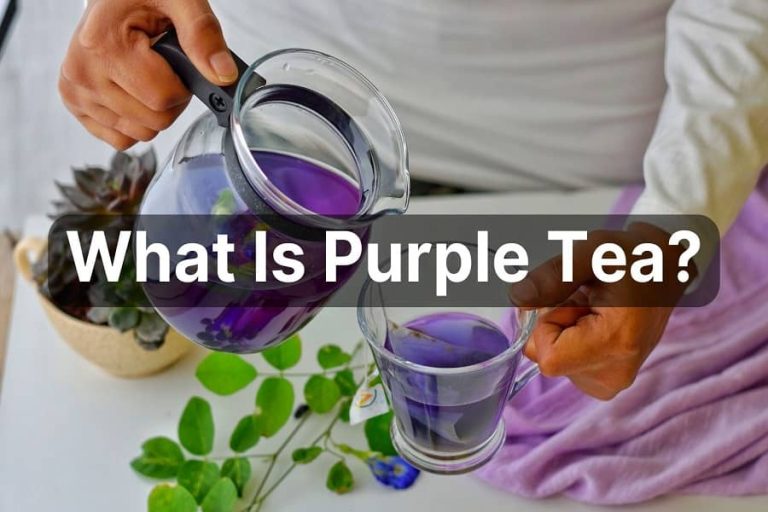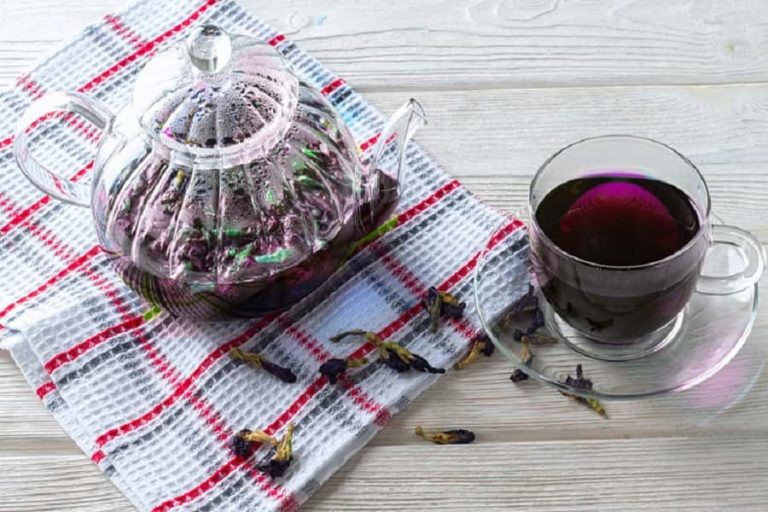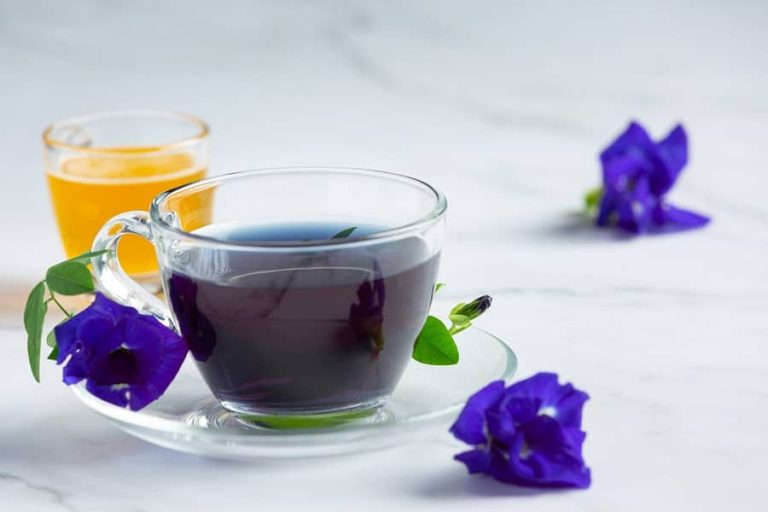Which is better green tea or purple tea?
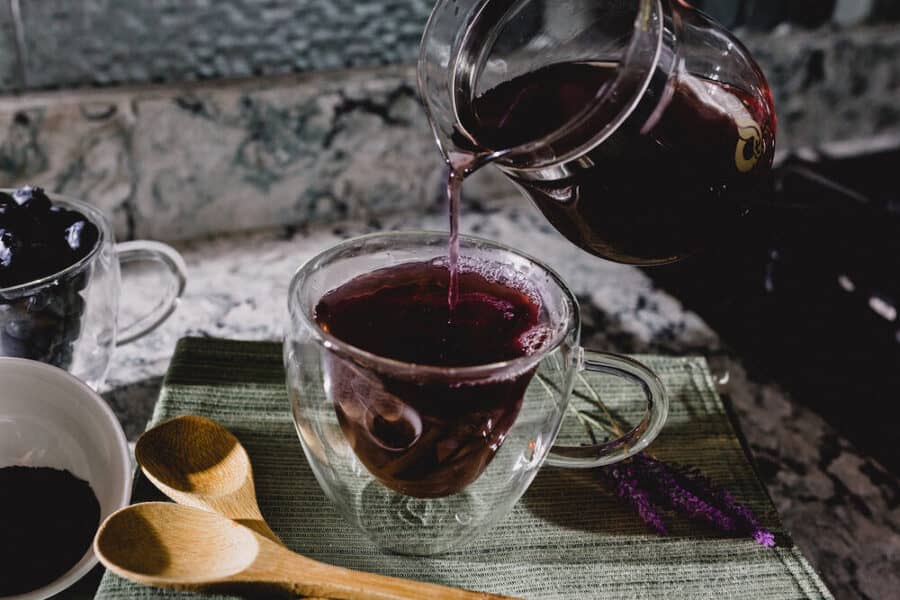
Green tea and purple tea are two popular varieties of tea known for their health benefits and unique flavors. In this article, we will delve into their nutritional value, health benefits, taste profiles, brewing techniques, and availability to help you make an informed choice between the two.
I. Nutritional Value of Green Tea
Green tea is rich in antioxidants, particularly catechins, which help fight free radicals in the body. It also contains caffeine, albeit in lesser amounts than coffee, providing a gentle energy boost. Additionally, green tea is a good source of vitamins and minerals, including vitamin C, vitamin E, and potassium.
II. Nutritional Value of Purple Tea
Purple tea stands out for its anthocyanin content, which gives it a vibrant purple color. Anthocyanins have antioxidant properties and offer potential health benefits, such as reducing inflammation and protecting against chronic diseases. Purple tea has a lower caffeine content compared to green tea, making it a suitable choice for those sensitive to caffeine.
III. Health Benefits of Green Tea
- Boosts metabolism and aids weight loss: Green tea has been linked to increased fat oxidation and improved metabolic rate, making it a popular choice for those looking to lose weight.
- Reduces the risk of cardiovascular diseases: The antioxidants in green tea contribute to lower levels of LDL cholesterol and triglycerides, reducing the risk of heart diseases.
- Improves brain function: The caffeine and amino acid L-theanine present in green tea promote alertness, focus, and cognitive function.
IV. Health Benefits of Purple Tea
- Helps reduce inflammation: The anthocyanins present in purple tea possess anti-inflammatory properties, potentially aiding in the management of inflammatory conditions.
- Lowers blood pressure: Studies suggest that regular consumption of purple tea may contribute to maintaining healthy blood pressure levels.
- Promotes healthy digestion: Purple tea contains compounds that support digestive health, including polyphenols and dietary fiber.
V. Taste and Flavor of Green Tea and Purple Tea
Green tea offers a refreshing, grassy flavor with mild bitterness. It can range from delicate and vegetal in Japanese varieties to more robust and earthy in Chinese variants. In contrast, purple tea has a unique flavor profile, often described as mellow, smooth, and slightly sweet, with subtle floral undertones.
VI. Brewing Techniques for Green Tea and Purple Tea
To fully enjoy the flavors of green tea, it is essential to pay attention to water temperature and steeping time. Generally, green tea is best brewed at temperatures between 160°F and 180°F (70°C to 82°C) for 2-3 minutes. Purple tea, on the other hand, benefits from slightly higher temperatures, ranging from 180°F to 195°F (82°C to 90°C) for 3-4 minutes.
VII. Cost and Availability of Green Tea and Purple Tea
The cost of green tea can vary depending on factors such as the quality, origin, and processing method. High-quality green teas, especially handcrafted ones, tend to be more expensive. Purple tea, being a relatively newer variety, may have limited availability and be pricier compared to green tea. However, its popularity is growing, and it is becoming more accessible in specialty tea stores and online retailers.
Conclusion
Both green tea and purple tea offer unique health benefits and distinct flavors. Green tea is renowned for its antioxidant properties, metabolism-boosting effects, and potential cardiovascular benefits. Purple tea, with its anthocyanin content and potential anti-inflammatory properties, may appeal to those seeking a milder caffeine experience. Ultimately, the choice between green tea and purple tea depends on personal taste preferences and









